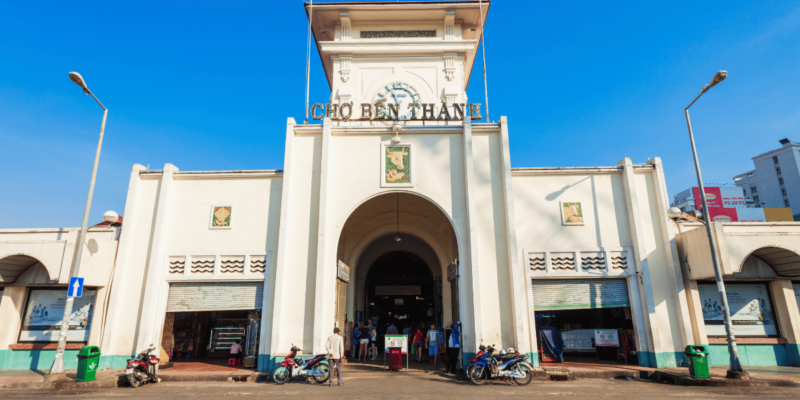A Deep Dive into Ho Chi Minh City’s Museums: Guardians of History and Culture
Ho Chi Minh City, a vibrant hub that merges the traditional with the modern, offers visitors a unique chance to explore Vietnam’s turbulent history and rich cultural tapestry through its diverse range of museums. Each museum not only serves as a custodian of history but also as a storyteller, narrating the multifaceted heritage of this dynamic city.
War Remnants Museum The War Remnants Museum stands as one of the most visited museums in Ho Chi Minh City, drawing visitors from around the world to confront the visceral realities of the Vietnam War, referred to locally as the American War. Open daily, this museum is not for the faint-hearted; it presents unflinching exhibits that include harrowing photographs of the war’s atrocities and the severe effects of Agent Orange. Outside, the display of military hardware and the replica tiger cages starkly illustrate the brutal methods of confinement and torture used during the conflict. These powerful displays are designed to evoke a deep emotional response and encourage reflection on the impact of war on civilians.
History Museum Situated adjacent to the serene Botanical Gardens, the History Museum offers a chronological exploration of Vietnam’s rich past, from its prehistoric roots to the modern era. While the museum’s traditional approach to display might seem conservative, the artifacts within tell a compelling story of Vietnam’s evolution, featuring items from the ancient Hindu Kingdom of Funan and the later powerful Khmer Empire. Particularly notable is the collection of Champa sculptures, which highlight the artistic and architectural achievements of this ancient culture, providing a deeper understanding of the region’s historical influences.
Fine Arts Museum The Fine Arts Museum, housed in an elegantly restored French Colonial building, offers visitors a chance to delve into Vietnam’s artistic heritage. The museum showcases a diverse array of artworks, from ancient Buddhist sculptures and relics to bold propaganda posters that articulate the intense social and political narratives of Vietnam’s 20th-century struggles. The organization of the museum may seem random, but the collection provides invaluable insights into the evolution of Vietnamese art, reflecting the changing societal values and historical challenges faced by the nation.
Other Museums The Ho Chi Minh Museum, although criticized for its lack of cohesive storytelling, contains a wealth of memorabilia related to the life of Vietnam’s revered leader, Ho Chi Minh. This museum offers a more personal perspective on the man whose vision shaped modern Vietnam. In contrast, the Ho Chi Minh City Museum provides a more structured historical narrative, showcasing artifacts that span 300 years of the city’s history, including the dramatic changes from colonial times through to the modern era.
Conclusion Ho Chi Minh City’s museums do more than just display artifacts; they engage visitors in the ongoing dialogue between the past and present. Each museum contributes a piece to the complex puzzle of Vietnam’s identity, from the scars left by conflict to the artistic expressions of peace and resilience. Exploring these museums provides a deeper appreciation of how history, culture, and art intersect in the shaping of national and cultural identity, making Ho Chi Minh City not just a metropolis of commerce but also a focal point for cultural enrichment and historical reflection.


